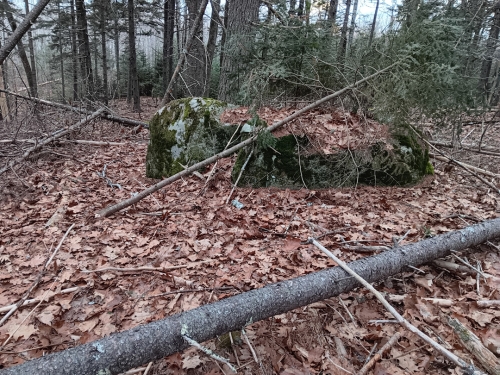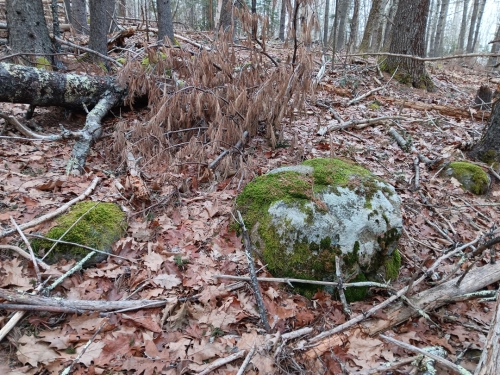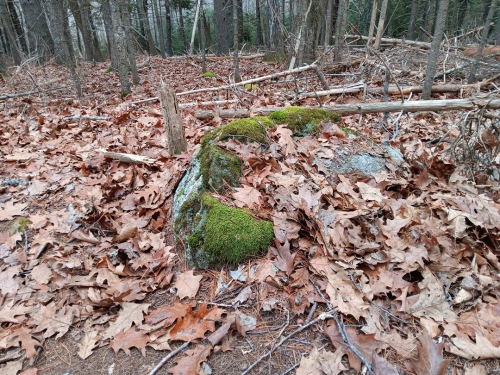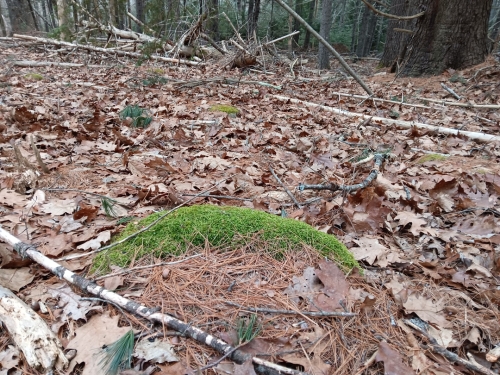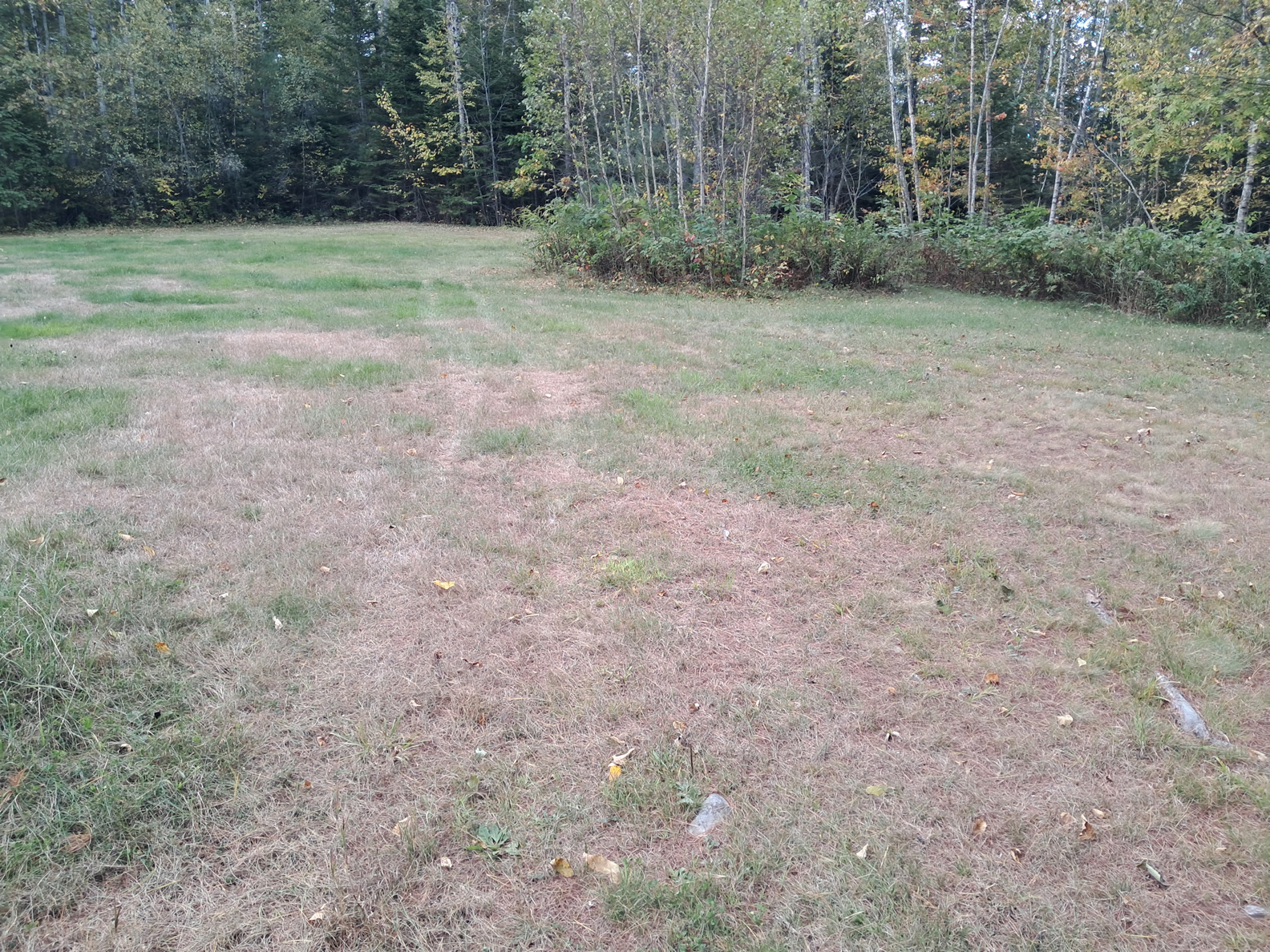New 1-Minute Video Script
These two boulders were carried here by the last glacier and dropped as it melted away ten to twelve thousand years ago. They’ve sat here ever since—slowly changing with the forest around them.
Look closely and you’ll see lichen and moss covering their surfaces. These were among the first living things to return after the glacier retreated. Together with weathering, they helped grind and dissolve the rock into minerals, forming the first thin soils that later supported trees and wildlife.
Notice the small fir tree growing from the crevice of the nearer boulder. Against all odds, it found a crack deep enough to anchor a root into the ground below. The number of swirls in its trunk suggests it’s about twenty years old. Another root reached out in the opposite direction but found nothing and was abandoned.
Pause here and imagine this place as it once was—bare rock, cold wind, and the first green life reclaiming a world just released from ice.
It is not unusual for a tree to sprout on a bolder. To calculate the age of this struggling fir tree, we can simply count the swirls. Each year a fir tree will sprout a new ring of evenly spaced branches that circle the crown. Each ring is called a swirl. Using that method this tree was probably born around 2011. This is not the first tree to colonize this bolder. If the life expectancy of a tree trying to survive on the rock surface is no more than 30 years, there could have been several hundred trees over the centuries that attempted to colonize this bolder.
A close examination shows how the forces of rain, wind, freezing temperatures, and the scouring from moss and lichen are slowly eroding the surface. The tiny grains that get dislodged from the bolder and washed into the soil contribute minerals to support life. This bolder was significantly larger. Based on the climate and other factors, a good estimate is that erosion will remove about 1 cm every thousand years. Since the eroding forces strike them evenly across their surfaces, it also tends to sculpt the boulders into the smooth spherical shapes you see.
As you study the boulder, you may draw other conclusions. We welcome your opinions and observations. You can contribute them below.
Crowd Sourcing: Your Thoughts
We welcome your insights. Please complete this form with your ideas. This will help use improve our educational mission!
